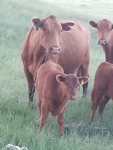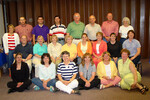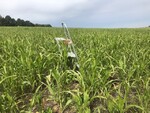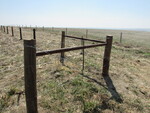Posted date: Nov 21, 2016
by: Dianna Padgett
1335 Views
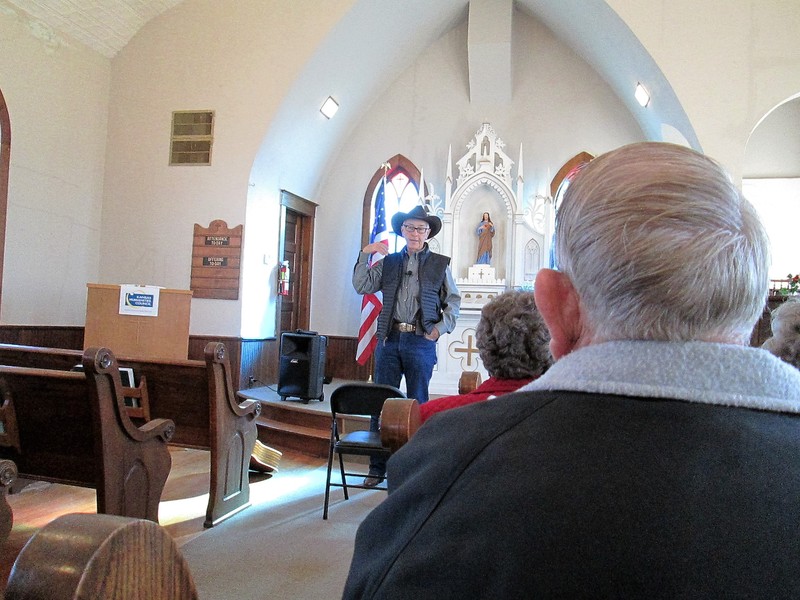
After the Civil War there was a shortage of cattle in the United States and an overabundance of cattle in Texas, which was then separate country. Texas had been unable to sell their stock because of military blockades and Indians. After the war the cattle were able to be shipped back east. They were driven north then east in herds of up to 3,000 head. Kansas had good grassland at that time so a lot of cattle came through here. There were many cattle towns throughout Kansas and the railroad helped get the cattle to the hungry states.
Kansas was the birth place of several iconic cowboy trappings. The first cowboy boot and hat was made here and the first cowgirl was identified as being born here. She pretended to be a boy just to get on the crew and, when she was found out and let go, it took 3 cowboys to do the work she did.
There were songs for the daytime for the sole enjoyment of the singer alone on his horse and nothing to see but cows. There were songs for the evening around the campfire for the enjoyment of the whole crew. And there were sad songs for the night shift to calm the cattle and release melancholy of rider watching the perimeters of the herd. These men were average age of 16 or so and the drive was hard physically and mentally. A very large percent of them did one drive and that was enough.
The "Streets of Lorado" had been the "Streets of Dodge City". The tune for the song had come from Ireland. Hoy sang it and several other songs. It took all of us in the audience back to those days and gave us renewed pride and strength of in a phase of history that shaped not only our country but our heritage as well
Thank you Jim Hoy. We are looking forward to seeing you again.



